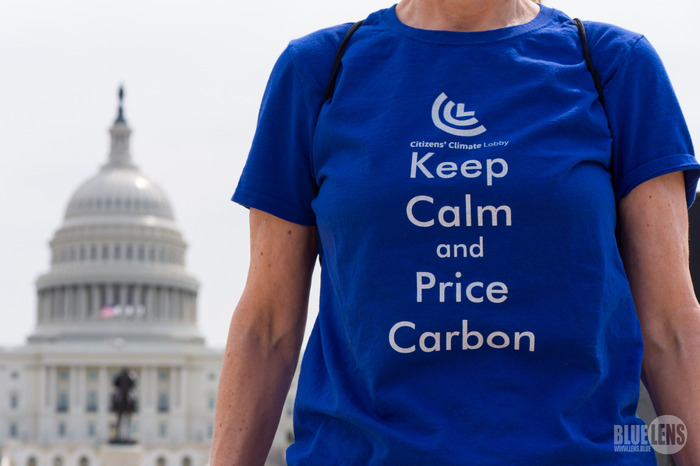Explicit carbon taxes cover only 24% of the globe today, according to a new report
With the ‘finance COP’ scheduled in two weeks at Baku, Azerbaijan, there’s been more focus on how funds can be procured and utilised in order to adhere to the terms of the Paris Agreement – to keep global warming under 1.5°C. For this, there are several tools that countries can use like incentive-based for green technologies, energy efficiency.
Carbon pricing is another big tool that can be used to a great effect. But going by current levels of carbon tax deployment, the policies cannot keep global temperature rise under 2°C, found a report by the Joint Task Force comprising the IMF, OECD, UNCTAD, World Bank, and WTO.
It emphasises how crucial a role carbon pricing plays in decarbonisation. The report has four main contributions:
– It reflects on a common understanding of carbon pricing metrics which inform on the incentives to decarbonize and on cross-country variation in carbon prices, a key determinant of international spillover effects and competitiveness concerns.
– It analyses the appropriate mixes of climate change mitigation policies, emphasising the pivotal role of carbon pricing as the only policy implementing the polluter pays principle while generating revenues.
– It analyses how international organisations can support the coordination of policies to maximise positive and limit negative cross-border spillovers from climate change mitigation policies.
– It discusses how such coordination can help to scale up climate action by closing the transparency gap, the implementation gap, and the ambition gap.
Pushing for explicit carbon pricing
While different countries have different policies when it comes to carbon pricing, most don’t rely on it too much, found the report. They prefer other avenues like investments, regulations, maintaining stringent standards etc. Also, the majority use implicit carbon pricing, which essentially has three main instruments – fuel excise taxes, fuel subsidies for negative carbon prices, and value-added tax differential for fuels.
But there’s been a gradual shift towards explicit carbon pricing, which mainly includes carbon taxes, and emissions trading systems (ETS). In the past few years, there’s been an expansion in the usage of explicit carbon pricing instruments, while implicit carbon pricing mostly stagnated, and even sharply decreased in 2022, found the report.
It also found that 75 countries have moved to additionally pricing carbon explicitly, which covers around 24% of global emissions—equivalent to almost 13 gigatons of CO2. This means that explicit carbon systems have seen a 10% rise since 2020.
But the usage of explicit carbon systems is skewed, with higher incidences in developed countries, while developing nations are also warming up to the idea, according to the report.
It’s not enough
In order to better utilise carbon taxes for decreasing emissions, international coordination and cooperation is essential. That’s where the transparency and implementation gaps need to be closed, or at least narrowed.
Countries can be more open about sharing information regarding their environment and related economic policies, and mitigation roadmaps. There already are existing initiatives which can capitalise on this broadened information sharing – the World Bank’s CCDRs, the IMF’s calculation of the CPE, the IFCMA launched at the OECD, and the UNFCCC’s Stocktake and Biennial Transparency Reports (BTRs). This would close the transparency gap, found the report.
Closing the implementation gap could have more visible results. This includes measures like fossil fuel subsidy reform, climate finance and technical cooperation under the UNFCCC’s ongoing negotiations, sectoral measures, or a mix of climate policies delivering targeted emission reductions.
About The Author
You may also like
India says it won’t rely on global climate or pollution rankings to shape policies
COP30 Kicks Off With Hard Talks on Money, Adaptation and Global South Leadership
COP30 should be the COP of adaptation, says environment minister Bhupendra Yadav
India to release updated climate plan ‘during, or just ahead’ of Brazil COP in Nov
SCO summit concludes: ‘Energy diplomacy’ of China, Russia, India

